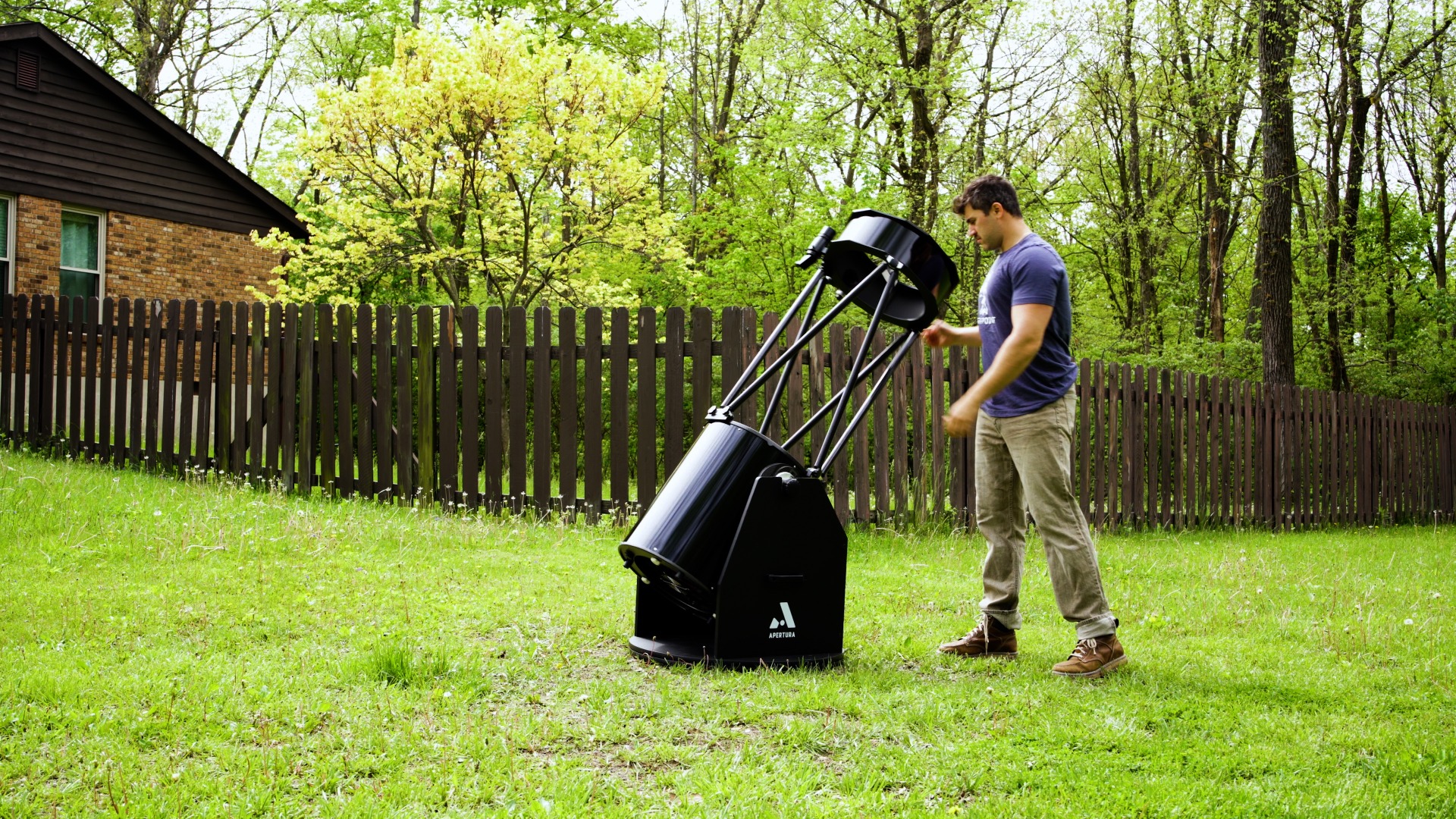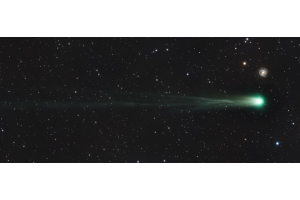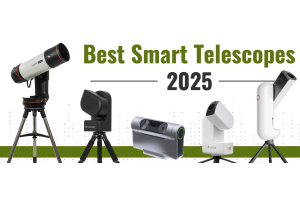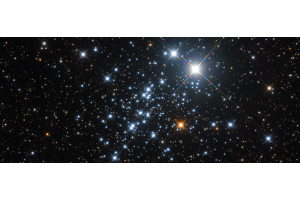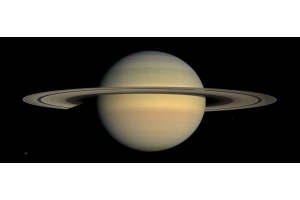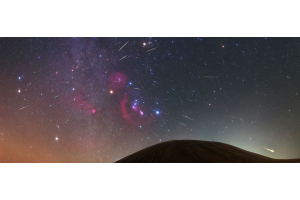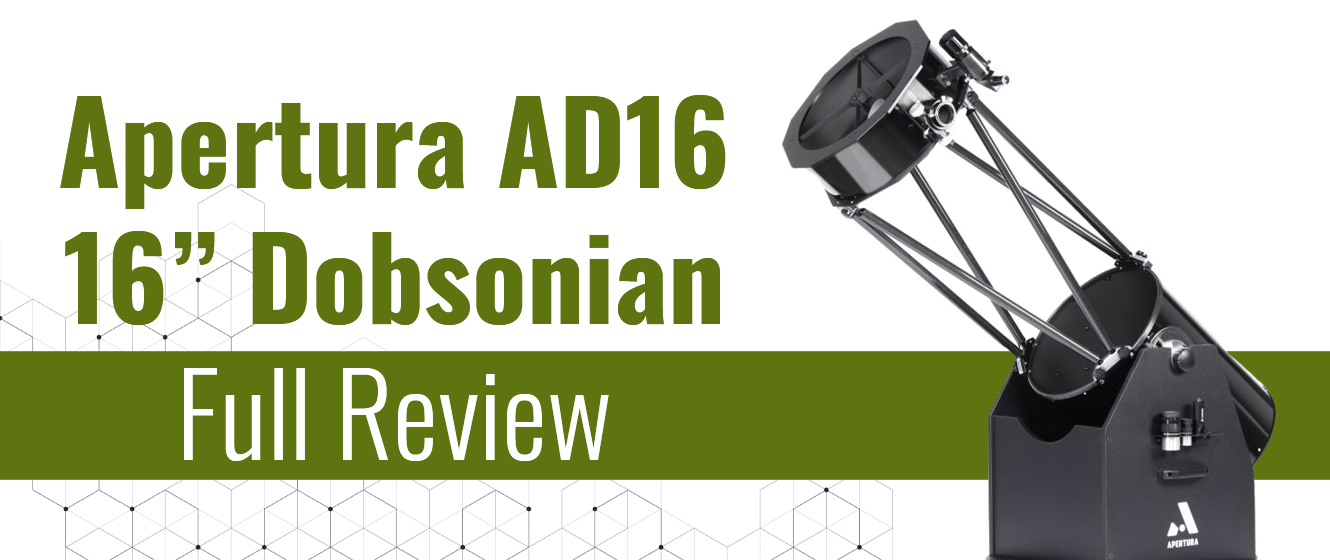
When it comes to amateur astronomy, few telescope designs offer the sheer value and immersive viewing experience of a Dobsonian. The Apertura AD series has long been a favorite among both new and experienced stargazers for its outstanding optics, sturdy construction, and thoughtful features. Now, the series tests its limits with its largest Dobsonian yet: the Apertura AD16.
Lovingly referred to as a “light bucket,” the AD16 lives up to the title. Its large 16-inch (400mm) mirror collects four times more light than its little brother, the AD8. Whether you're resolving individual stars in the Hercules Cluster (M13), catching subtle colors in the Orion Nebula, or teasing out the spiral arms of the Leo Triplet and faint galaxy groups like Stephan’s Quintet, the AD16 delivers incredible views that redefine what amateur astronomers can achieve.
My Experience
Before we dive into the tech specifications and details, here is my personal experience. Prior to opening the Dobsonian, I had already assembled several Dobsonians in the past. The process was similar to that of the other Dobsonians in the Apertura AD series. It was simple… which I found to be remarkable considering this was a 16” scope. First, I assembled the base in about 20 minutes and then followed the manual to install the carbon fiber truss tubes, which connect the primary and secondary mirror housings. The entire setup process for the telescope took about 45 minutes. After the initial setup, it will remain assembled until I decide to travel with this scope to dark skies.
Upon seeing the AD16 fully put together, my first thought was, “This scope just looks awesome.” The carbon fiber truss tubes add a real “professional” look to it. It’s simply fun to just look at, but this does not compare to some of the views through it.
I managed to transport the base and the scope outside by myself using the handles on the base and using the trusses on the tube of the OTA. I found this to be the best way for me to transport it back and forth between my yard and my house. I brought the scope out that night around dusk to ensure the mirror had about an hour to cool. With the cooling fan installed and running, the mirror was likely cooled to ambient temperatures in about 30 minutes.
Upon nightfall, I chose my first target. The moon. I had never looked at the moon through a telescope of this caliber before, and the amount of detail that I saw on the terminator was jaw-dropping. I swapped in some of my Apertura SWA eyepieces and a Barlow lens for even more magnification and was continuously in awe the entire time. The craters filled my eyepiece, forcing me to view the moon in sections. It felt as if I were in the lunar lander orbiting the surface. Absolutely unreal. Jupiter was next. Several color bands were present. The shadow of the moon Io was traversing across the planet itself, just above the Great Red Spot. All four visible moons of Jupiter were bright and easy to see. Unfortunately, Saturn was too close to the sun to observe this time of year.
Next, I pointed my AD16 at the Great Hercules Cluster, and despite being in Bortle 7 skies, I was able to pick it out very easily from the background sky. Higher magnifications did show individual stars, but I just know that under Bortle 2 or 3 skies, this view would have been one for the record books. I spent the rest of the night picking out double stars, planetary nebulae, and a few galaxies and galaxy groups, all of which I was able to find under my light-polluted skies. The finder scope worked well for tracking down those double stars and hunting down Messier 13, and the combination of proper balance and the smooth roller bearings made this quite easily the smoothest and easiest to move Dobsonian I have ever used. If the objects that I was able to view were as bright and as visible as they were under Bortle 7 skies, then this scope has endless possibilities under truly dark, Bortle 2/3 skies.
Specs and Features
The AD16 features a 400mm primary mirror and has a focal length of 1800mm, making this a fast f/4.5 telescope. The diffraction-limited optics are housed in a carbon fiber truss tube design for improved portability without sacrificing stability. The truss structure—featuring six carbon fiber tubes and solid attachment points—ensures rigidity, while the upgraded spider vanes hold the secondary mirror with less flex and easier collimation. Because of its structural integrity, the AD16 holds collimation very well throughout your viewing session, in turn maximizing your viewing experience under dark skies.
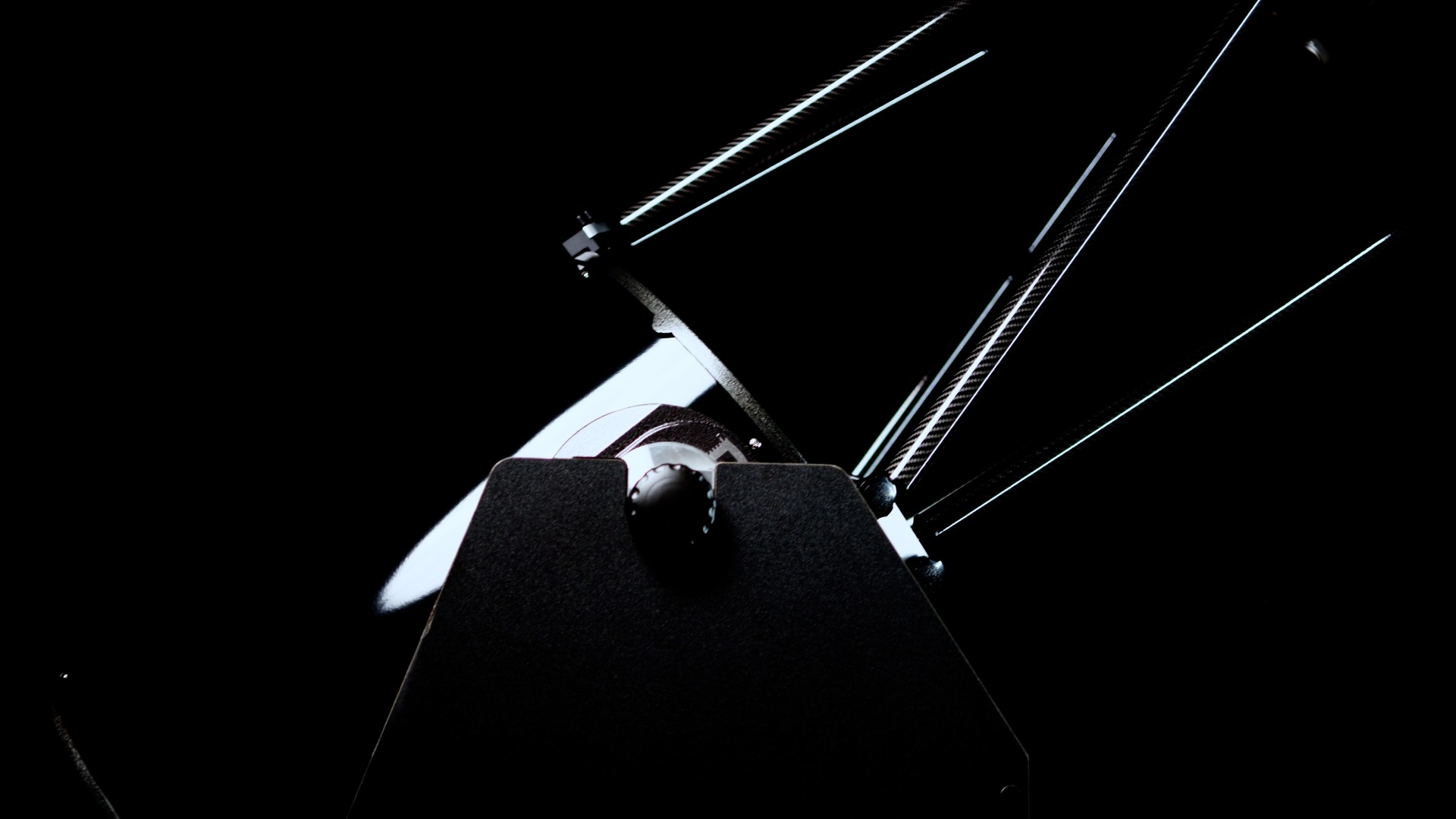 Truss Structure
Click to Enlarge Image
Truss Structure
Click to Enlarge Image
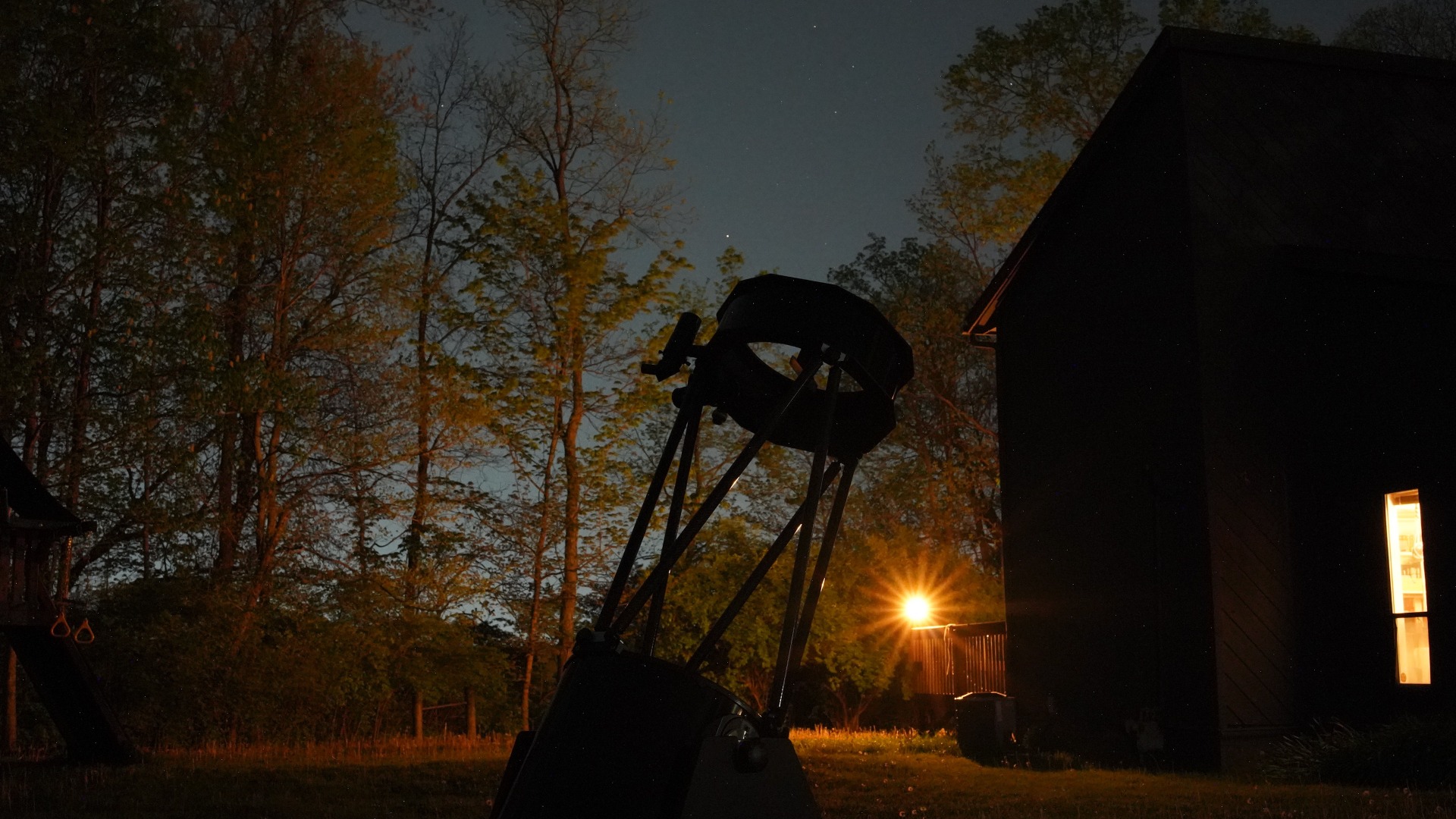 Out In The Field
Click to Enlarge Image
Out In The Field
Click to Enlarge Image
Staying true to the Apertura AD legacy, the AD16 comes with everything you need for a successful night under the stars:
- Cooling fan to accelerate mirror acclimation
- 9x50 right-angle finder scope with crosshairs
- Laser collimator for quick alignment
- Two eyepieces: a 25mm Plössl and a 2” 30mm SuperView
- Eyepiece tray
- 1.25” Moon filter for high-contrast lunar views
- Extension tube to ensure compatibility with a wide range of eyepieces
Now let's talk about some of the AD16's notable features. First, it includes a 10:1 dual-speed, linear-bearing Crayford focuser that allows for ultra-precise focusing and easily supports heavy 2” accessories. This is especially crucial when viewing the planets or viewing globular clusters at higher magnifications. As the seeing conditions change from minute to minute, the fine tune knob ensures that you can easily pull out those finer details and individual stars. Additionally, with the Apertura standard built-in balance system along with the altitude bearings and a smooth roller bearing azimuth base, moving this scope around the night sky from galaxy to double star is extremely satisfying. This scope just screams “high quality.”
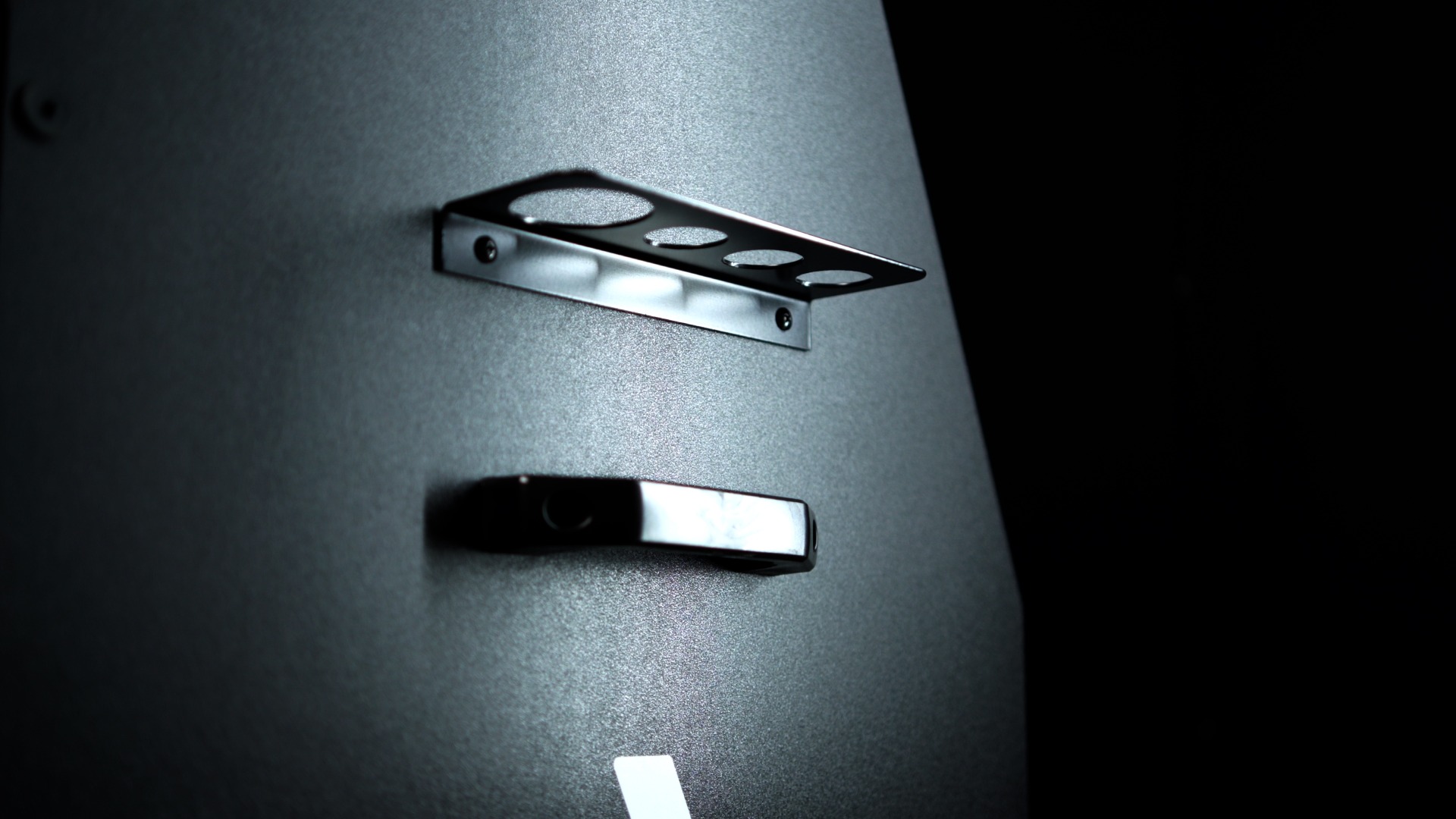 Eyepiece Tray
Click to Enlarge Image
Eyepiece Tray
Click to Enlarge Image
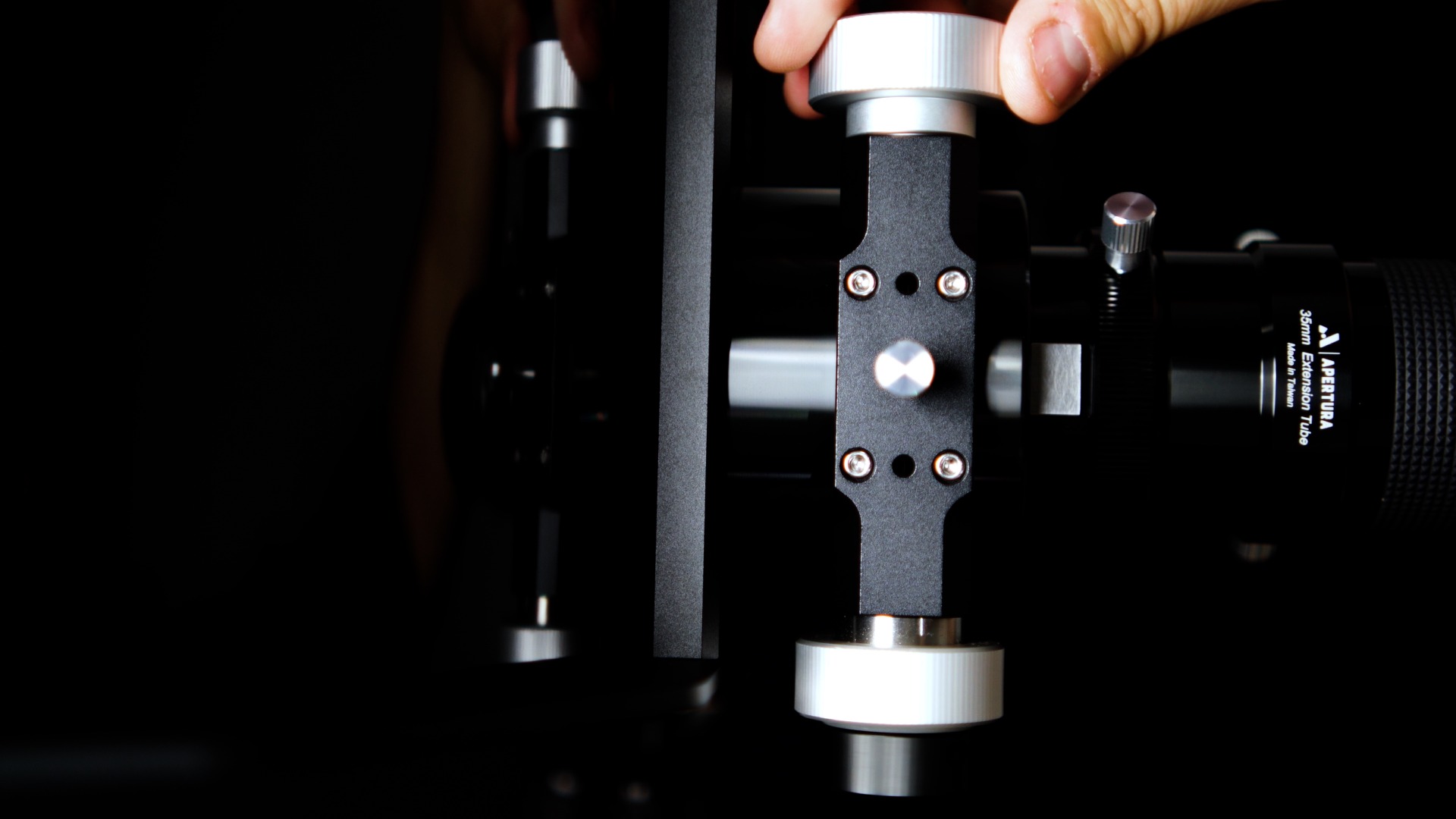 Dual Speed Focuser
Click to Enlarge Image
Dual Speed Focuser
Click to Enlarge Image
Who Is the Apertura AD16 For?
If you’re passionate about deep-sky astronomy, the Apertura AD16 is designed for you. It’s built for those who want more—more detail, more magnification, and a deeper connection to the cosmos that smaller telescopes simply can't offer.
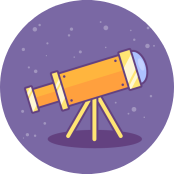
Learn More
Interested in diving deeper into the world of astronomy? Check out our AstronomyHub for a wealth of articles, guides, local resources for planetariums and observatories near you, and more to enhance your stargazing experience.




